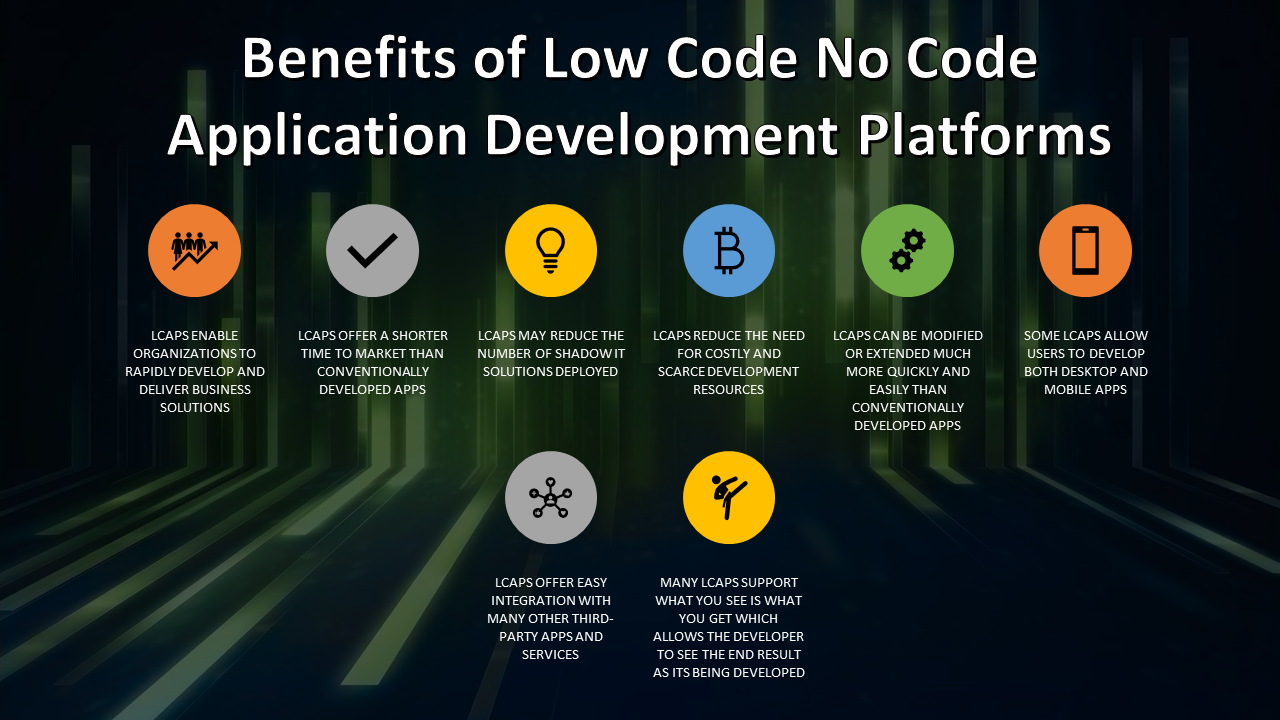In recent years, the tech industry has seen a significant rise in the popularity of low-code and no-code development platforms. These platforms are revolutionizing the way software is built and deployed, making it easier and faster for businesses to create custom applications without the need for traditional coding skills.
What are Low-Code and No-Code Development Platforms?
Low-code and no-code development platforms are tools that allow users to build software applications with minimal coding knowledge. Low-code platforms provide a visual development environment where users can drag and drop components to create applications, while no-code platforms take this concept a step further by allowing users to build applications entirely through visual interfaces without writing any code.
Benefits of Low-Code and No-Code Development Platforms
There are several key benefits to using low-code and no-code development platforms. One of the main advantages is speed – these platforms enable businesses to develop and deploy applications much faster than traditional coding methods. This can be especially beneficial for businesses that need to quickly adapt to changing market conditions or customer demands.
Another benefit of low-code and no-code platforms is the ability to empower non-technical users to create their own applications. This can help to reduce the burden on IT departments and allow business users to take more control over the software development process.
Additionally, these platforms can help to bridge the gap between business requirements and technology implementation. By providing visual development environments and pre-built components, low-code and no-code platforms make it easier for business users to communicate their needs to developers and ensure that the final product meets their requirements.
Use Cases for Low-Code and No-Code Development Platforms
Low-code and no-code development platforms can be used for a wide range of applications, from simple data entry forms to complex business process automation. Some common use cases for these platforms include:
– Rapid prototyping: Low-code platforms can be used to quickly build prototypes of new applications or features, allowing businesses to test ideas and gather feedback before investing in full development.
– Workflow automation: No-code platforms are ideal for automating repetitive tasks and streamlining business processes. By creating custom workflows without writing code, businesses can save time and increase efficiency.
– Mobile app development: Low-code platforms often include mobile development capabilities, making it easy for businesses to create native mobile apps without the need for separate development teams.
– Integration with third-party services: Low-code platforms can be used to easily integrate with a wide range of third-party services and APIs, allowing businesses to create custom solutions that meet their unique needs.
Challenges of Low-Code and No-Code Development Platforms
While low-code and no-code development platforms offer many benefits, there are also some challenges to consider. One of the main challenges is the potential for limited customization and flexibility. Since these platforms rely on pre-built components and visual interfaces, there may be limitations on the types of applications that can be built.
Another challenge is the risk of vendor lock-in. Businesses that heavily rely on a specific low-code or no-code platform may find it difficult to switch to a different platform in the future, potentially limiting their options for future development projects.
Finally, security concerns can also be a challenge with low-code and no-code platforms. Since these platforms often provide easy-to-use tools for building applications, there is a risk that users may inadvertently introduce security vulnerabilities into their applications.
The Future of Low-Code and No-Code Development
Despite these challenges, the future looks bright for low-code and no-code development platforms. As technology continues to evolve and businesses look for ways to increase efficiency and agility, these platforms are likely to become even more popular.
With advancements in artificial intelligence and machine learning, we can expect to see low-code and no-code platforms incorporate more intelligent features that can assist users in building applications more effectively. Additionally, as more businesses adopt these platforms, we can expect to see greater standardization and best practices emerge to address some of the challenges currently associated with these platforms.
In conclusion, low-code and no-code development platforms are changing the way businesses build software applications. By enabling faster development, empowering non-technical users, and bridging the gap between business requirements and technology implementation, these platforms offer a compelling solution for businesses looking to innovate and stay ahead of the competition in today’s fast-paced digital world.
